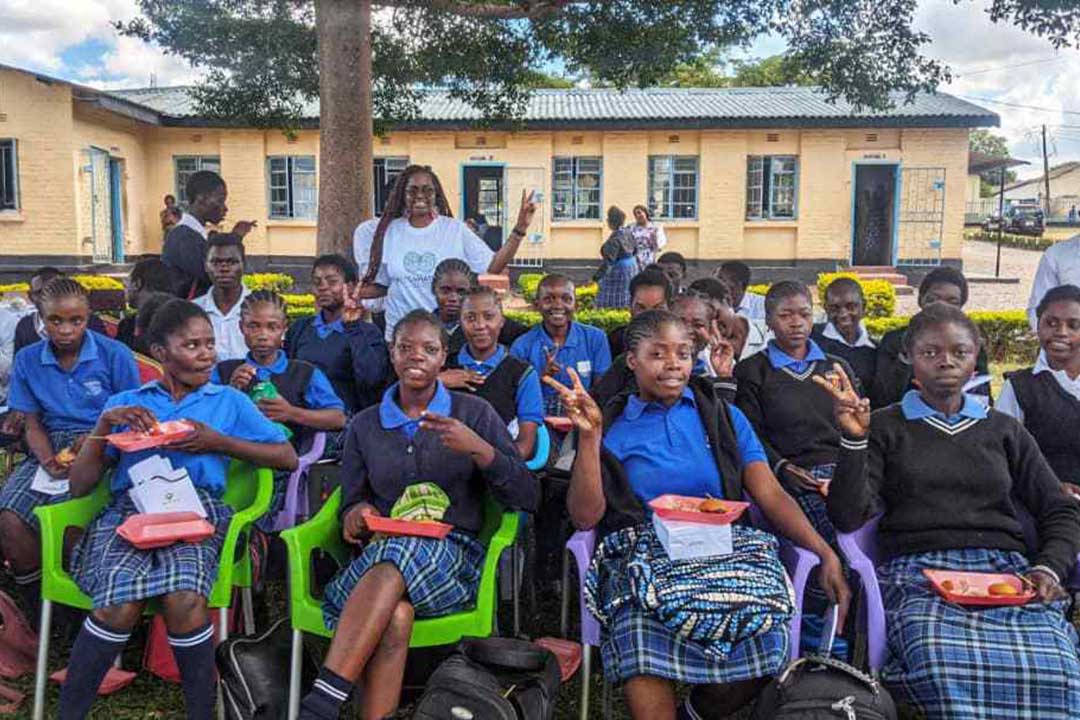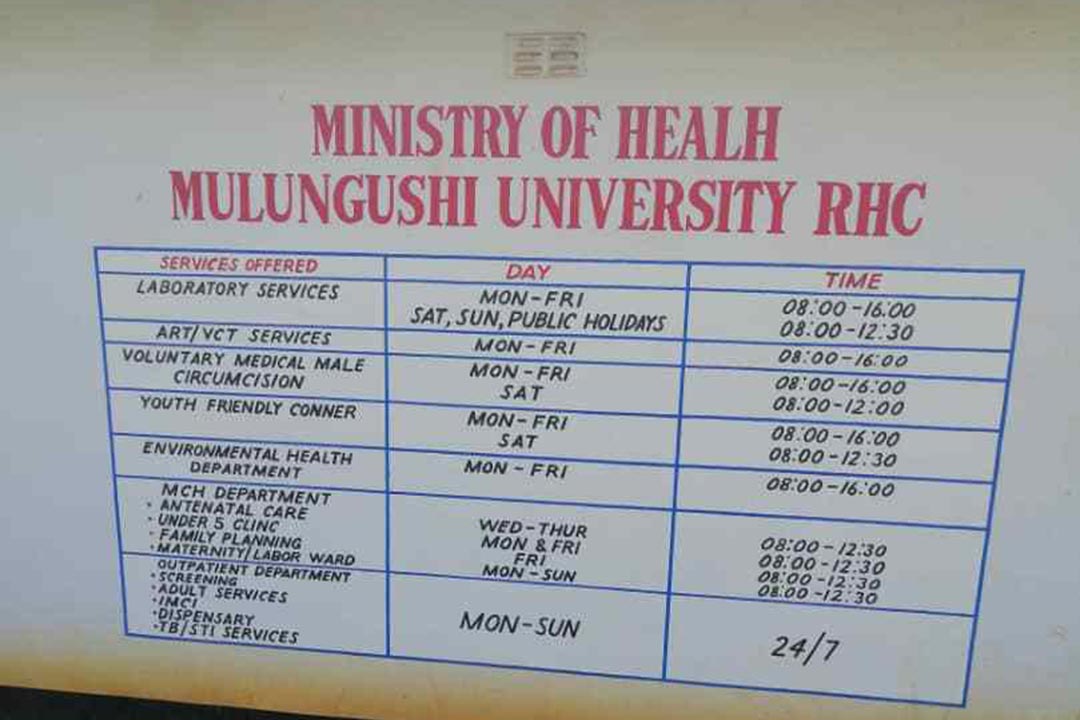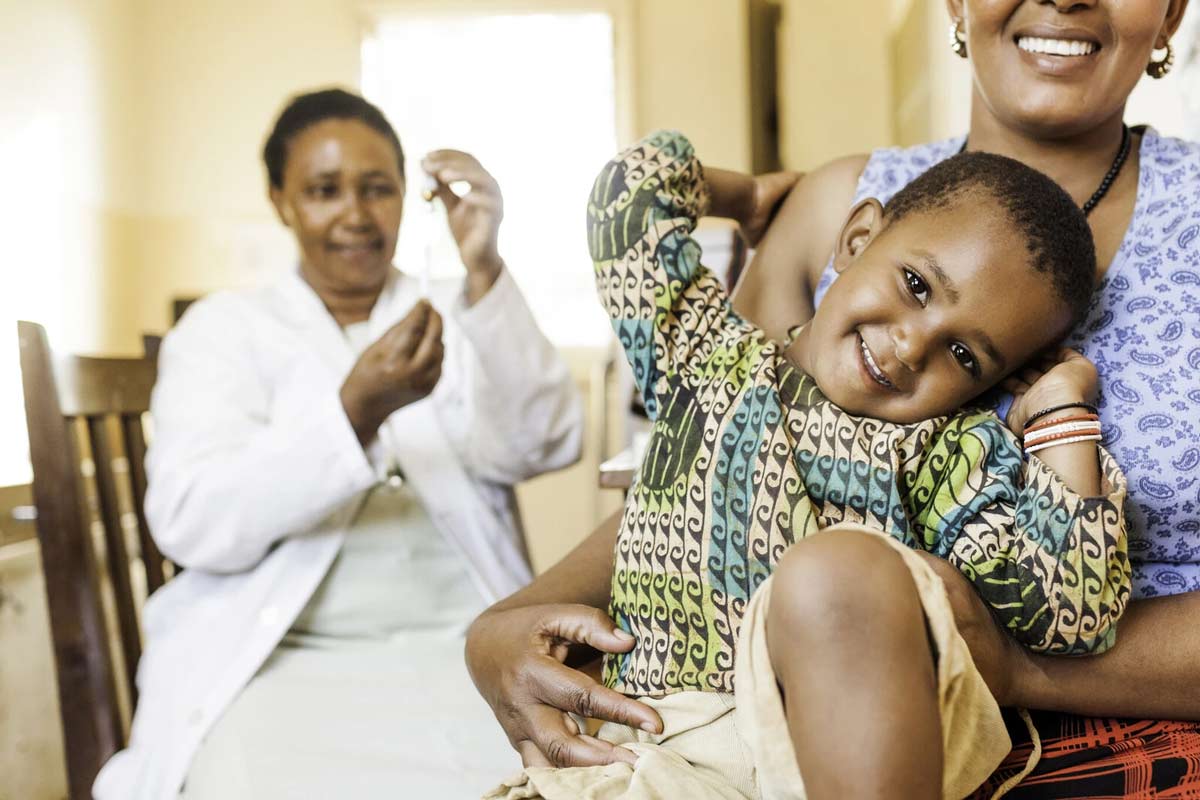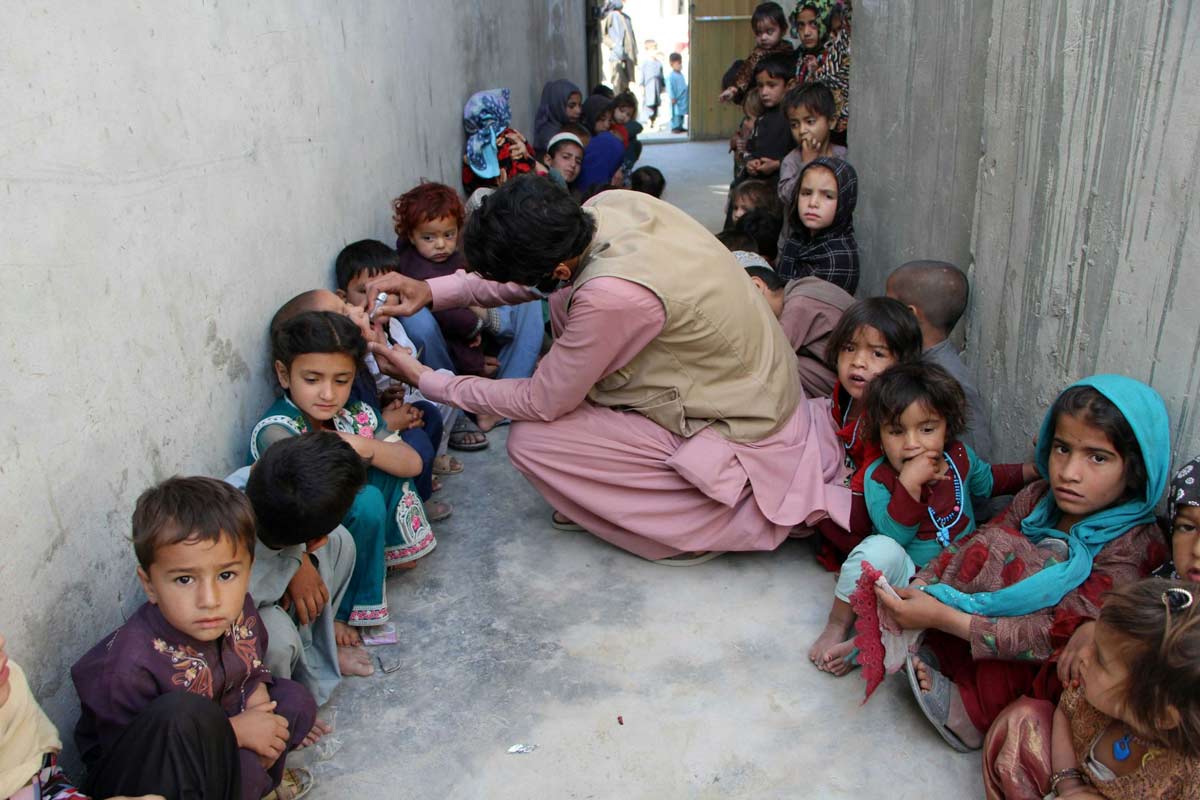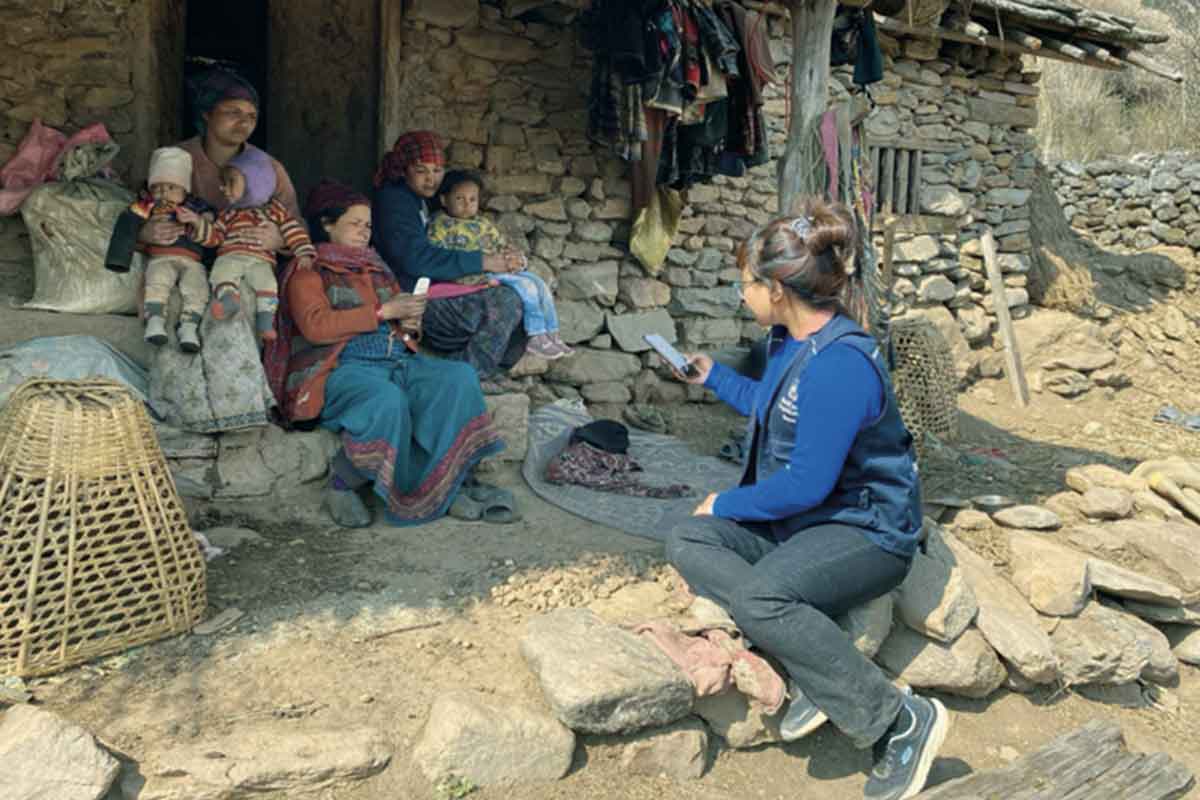"Measles wards were closed": 50 years of immunisation in Zambia
At the dawn of Zambia’s Expanded Programme on Immunization in 1974, Nurse Anne Zimba recalls boiling glass syringes and running out of gas to power the fridges. Many things have changed.
- 24 September 2024
- 6 min read
- by Fiske Nyirongo
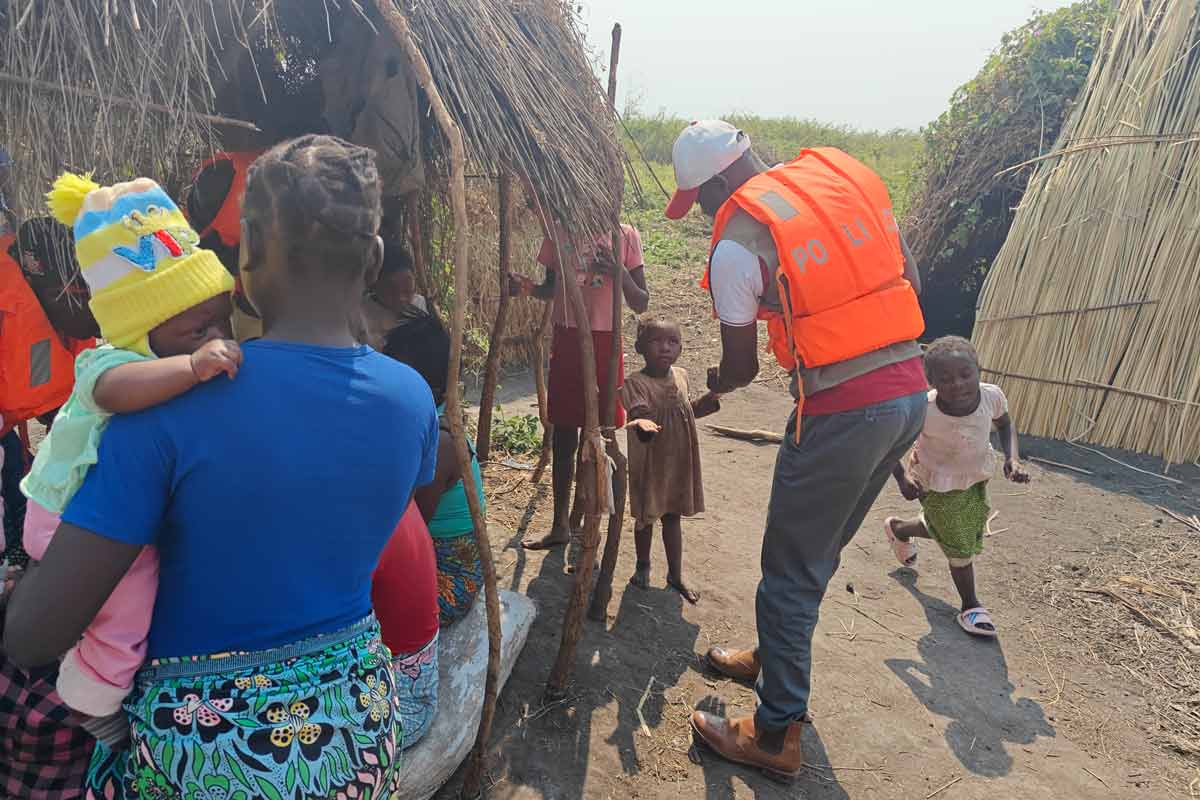
Anne Zimba, née Mbilishi, was in her early twenties when she started at Lusaka Nursing School. It was 1973. Just two years later, in 1975, her microbiology tutor would introduce her and her classmates to something that would be covered for the first time that year in the final nursing examination: an ambitious new public health project called the Expanded Programme on Immunization.
“He [the microbiology tutor] took us to Kapiri Mposhi Health Centre to learn about what he called EPI. We stayed there for a week and we learned a lot,” Zimba says.
Growing up together
It was just a year earlier that delegates to the World Health Assembly in Geneva had resolved to institute the EPI as a global programme – to increase immunisation coverage and reduce childhood morbidity and mortality by providing vaccines against common diseases such as measles, polio and diphtheria. Still, each country’s immunisation programme would be individual, and in important ways, homegrown.
“It was not easy at first to sterilise the [glass] syringes and steel needles. Later on, pressure cookers were introduced for sterilising and it made the immunisation easier. We could see it in how many children were getting vaccinated in our areas, and it made us, the young ones, hopeful despite challenges we still experienced.”
- Anne Zimba, veteran nurse
When the EPI was introduced in Zambia in 1975, it was limited at first to the Lusaka Council Areas, before it was rolled out to neighbouring health centres like the Kapiri Mposhi Health Centre, which lay three hours away.
After graduation, Zimba was deployed to a rural health centre and her studies were put to real-life use. However, in those early decades of the programme, the logistics and practicalities of providing immunisation to Zambia’s children were not without challenges.
“It was not easy at first to sterilise the [glass] syringes and steel needles. Later on, pressure cookers were introduced for sterilising and it made the immunisation easier. We could see it in how many children were getting vaccinated in our areas, and it made us, the young ones, hopeful despite challenges we still experienced.”
One hitch pointed out by Zimba was the lack of electricity.
“We used gas fridges to store vaccines because we were not connected to the national grid, but sometimes gas would run out and we had to throw away some vaccines. But there was a strong push to connect facilities, and in time, we were connected. The fridges were placed in special rooms away from light. Where there was no infrastructure, staff were provided with motorcycles and cooler boxes to get to far-flung villages. Sometimes it was bicycles in place of motorcycles.”
Despite the challenges, Zimba says she saw improvements in her patients.
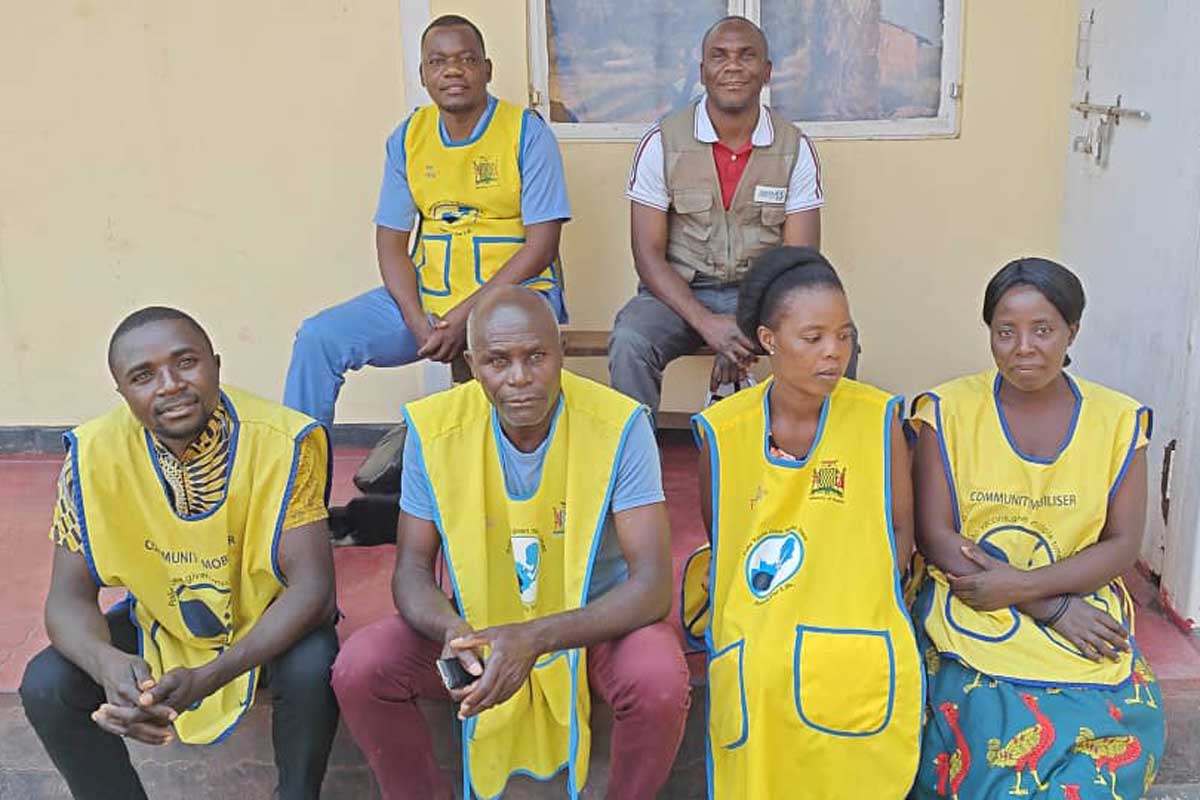
Seeing impact
However, detailed official data on the programme’s impact and coverage were not made readily available until 1980. This delay in data availability is attributed to several factors, including non-availability of trained staff in data collection systems. Now, almost 50 years after its introduction, EPI is acknowledged as a mechanism that has been critical in helping Zambia combat several childhood diseases.
“It was 1982 when Zambia conducted a first nation-wide survey on the EPI. I wasn’t there, but I have interacted with quite a lot of people who were there, and I have read quite a lot about it. It was just a campaign, when it was first introduced and not routine,” says Dr Francis Dien Mwansa, an immunisation specialist working with UNICEF Zambia and former Zambia National Expanded Programme on Immunization (EPI) Manager.
“I saw with my own eyes the massive reduction or what can be termed as elimination of diarrhoeal diseases, most of the pneumonias, whooping cough – [now] you can barely see a child with whooping cough. Measles wards were closed, and before that they were competing with TB wards. We don’t have these anymore. I think that vaccines have a huge role to play in those experiences.”
- Dr Francis Dien Mwansa, former Zambia EPI manager
The 1982 survey estimated that 49% of children qualified as “fully immunised” at that time. Today, even after the heavy impact of the COVID-19 pandemic on immunisation coverage, 80% of Zambia’s kids have received the third dose of the basic diphtheria, pertussis and tetanus-containing vaccine, which is conventionally used as an indicator of vaccination coverage in general.
“The ’90s were characterised by the Kick Out Polio Campaign,” a colossal initiative in polio vaccination that somewhat “overshadowed the EPI,” said Dr Mwansa. Still, that campaign “matured into Child Health Week as we know it,” he added, referring to the major push Zambia runs at least twice yearly to get kids throughout the country immunised, dewormed, and weighed and measured.
Dr Mwansa started working directly with the EPI in 2010. “My experience with the EPI started in the 2000s, but I had distant involvement prior to that. I saw with my own eyes the massive reduction or what can be termed as elimination of diarrhoeal diseases, most of the pneumonias, whooping cough – [now] you can barely see a child with whooping cough. Measles wards were closed, and before that they were competing with TB wards. We don’t have these anymore. I think that vaccines have a huge role to play in those experiences,” Dr Mwansa says.
Changing model
But the EPI’s success does not mean that its fundamental model has been immune to challenge and change. Dr Mwansa says that throughout its history, some scientists have argued that the EPI programme’s focus on communicable diseases might ultimately detract from the broad-based primary health care system of which immunisation is one part.
Orbrie Chewe, a consultant epidemiologist with the World Health Organization in Luapula Province, echoes these observations and notes that EPI activities have become concentrated on the twice-yearly Child Health Week initiative, due to funding considerations.
The EPI’s evolution does not mean that innovation has swept away all the artefacts of previous eras, nor resolved all of the system’s challenges. Gas fridges, for instance, are still used in some places in Zambia, even if they are swiftly being phased out.
“We had an issue with cold chain, we had paraffin and gas fridges, but these have been phased out or in the process of getting phased out due to scarcity of paraffin in fuelling stations, and are getting replaced with solar powered fridges,” Chewe says.
Have you read?
Part of a longer story
Dr Ramya Kumar, an epidemiologist who worked to establish the Zambia Field Epidemiology Training Program (ZFETP) with the Ministry of Health, US CDC, and the University of Zambia, emphasises that the EPI’s chapter in Zambian public health history is part of a much longer story.
“It's important to recognise that vaccines were created thanks to centuries of knowledge from people around the world, including Africans,” she notes. “In fact, variolation against smallpox was practised in Africa as early as the 1700s, and it was enslaved Africans who brought these practices to the Americas. The global success of Jenner’s cowpox vaccine is built on centuries of shared knowledge.”

There’s a lesson in that for public health workers involved in immunisation, she argues: “Think holistically. Vaccination is just one part of protecting health. Think about the whole person – ensuring clean water, good nutrition and eliminating diseases like cholera. This is crucial as new outbreaks emerge due to climate change. We must get buy-in and sustained commitment beyond the health sector. For vaccines to work, we need community support. Knowledge is not just the domain of researchers and doctors; the community is just as much a producer of knowledge,” she adds.
The EPI has evolved since Anne Mbilishi-Zimba’s earliest memories of it, but one thing has been clear throughout its time: if immunisation has transformed Zambians’ health, it is Zambians themselves who are to be thanked for that.
